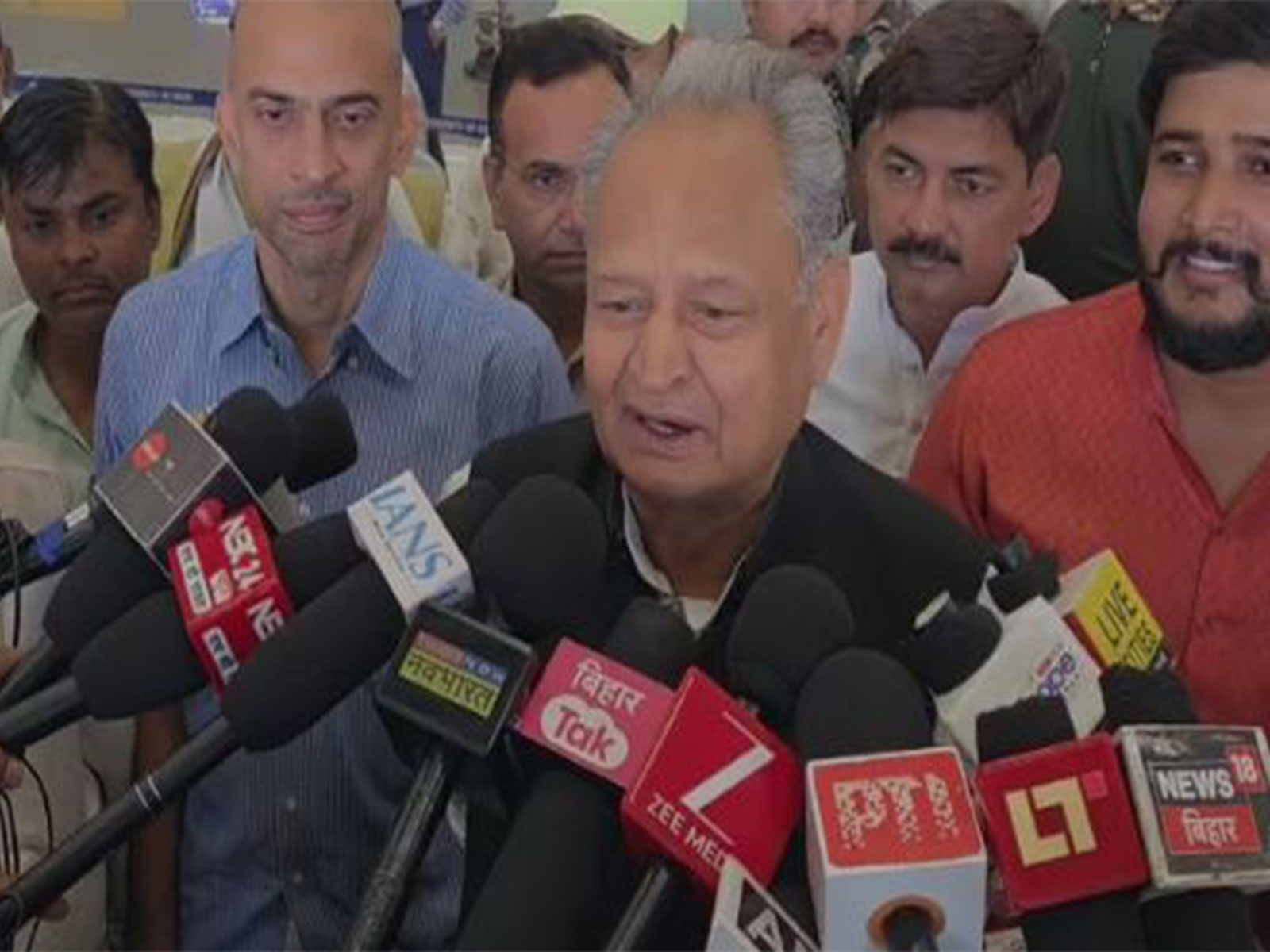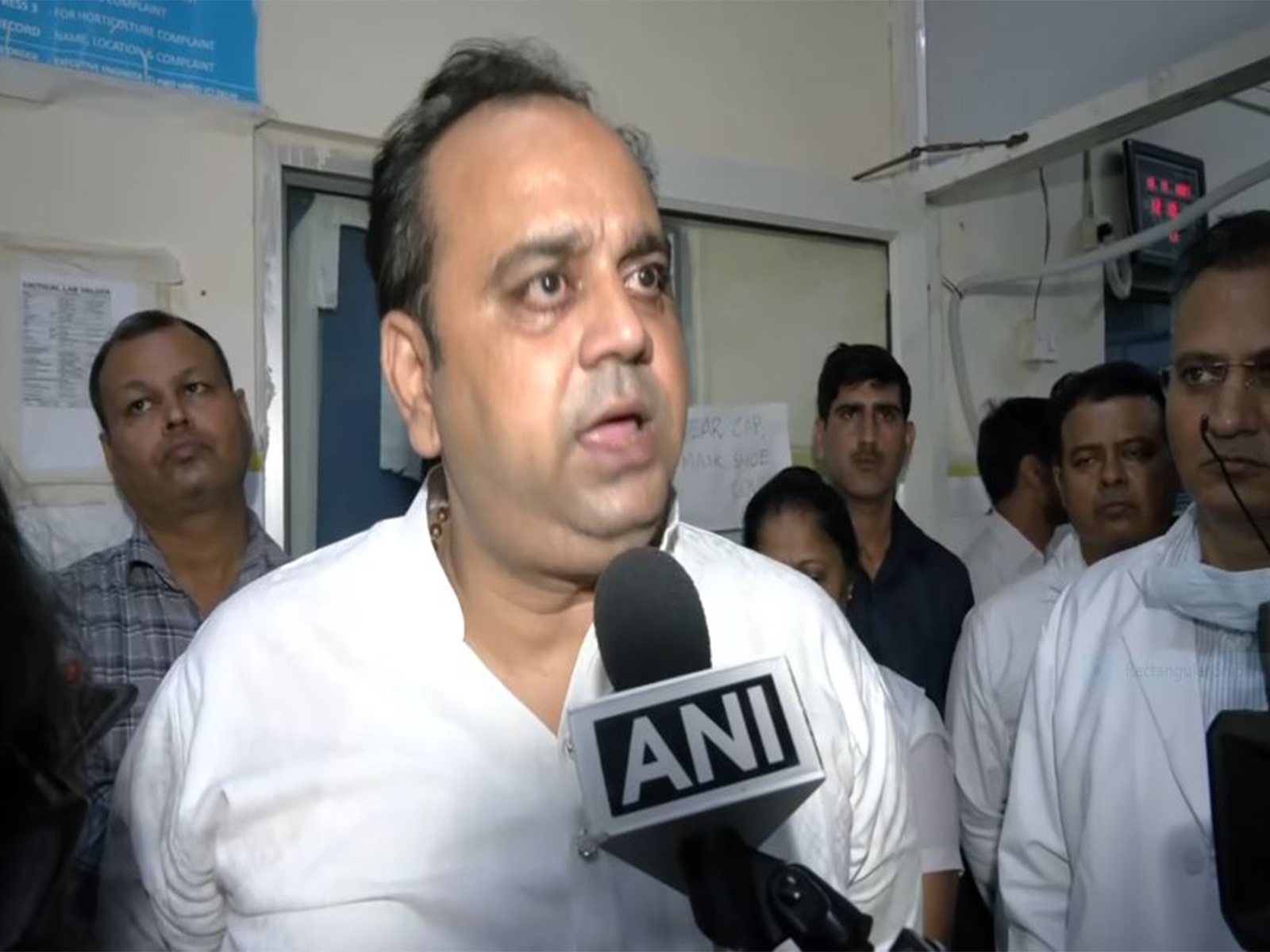
The production of nuclear energy is awash with issues, both ethical and environmental. One of the major concerns surrounding nuclear energy efforts is the generation of radioactive waste.
According to research, much of this waste will remain hazardous for hundreds of thousands of years - leaving a poisonous legacy for future generations.
But researchers have now found a way to manage the nuclear waste to certain extent. The solution is graphene. According to a new study, the membranes made from graphene can separate protons from heavier nuclei of hydrogen isotope deuterium.
Researchers - led by Andre Geim from the UK's University of Manchester - demonstrated that using membranes made from graphene can act as a sieve, separating protons - nuclei of hydrogen - from heavier nuclei of hydrogen isotope deuterium.
An efficient process
With graphene, producing heavy water for nuclear power plants could be ten times less energy intensive, simpler and cheaper.
One of the hydrogen isotopes, deuterium, is widely used in analytical and chemical tracing technologies - and as heavy water required in thousands of tonnes for operation of nuclear power stations.
The heaviest isotope, tritium, is radioactive and needs to be safely removed as a byproduct of electricity generation at nuclear fission plants. Future nuclear technology is based on fusion of the two heavy isotopes.
The current separation technologies for production of heavy water are extremely energy intensive, and have presented a major scientific and industrial problem. Now graphene promises do so efficiently.
How did the breakthrough happen?
Researchers tested whether deuterons - nuclei of deuterium - can pass through graphene and its sister material boron nitride. They fully expected deuterons to easily pass through, as existing theory did not predict any difference in permeation for both isotopes.
The researchers found that deuterons were not only effectively sieved out by their one atom thick membranes, but were sieved with a high separation efficiency. The discovery makes monolayers of graphene and boron nitride attractive as separation membranes to enrich mixtures of deuterium and tritium.
Furthermore, the researchers showed that the separation is fully scalable. Using chemical-vapour-deposited (CVD) graphene, they built centimetre-sized devices to effectively pump out hydrogen from a mixture of deuterium and hydrogen.
"This is really the first membrane shown to distinguish between subatomic particles, all at room temperature," said first author Marcelo Lozada-Hidalgo, a postdoctoral researcher at University of Manchester.
"Now that we showed that it is a fully scalable technology, we hope it will quickly find its way to real applications," said Lozada-Hidalgo. "We were stunned to see that a membrane can be used to separate subatomic particles," said co-author Irina Grigorieva, from the University of Manchester.
"It is a really simple set up. We hope to see applications of these filters not only in analytical and chemical tracing technologies but also in helping to clean nuclear waste from radioactive tritium," said Grigorieva.
The study was published in the journal Science.
-With agency inputs


![BJP's Kapil Mishra recreates Shankar Mahadevan’s ‘Breathless’ song to highlight Delhi pollution [WATCH] BJP's Kapil Mishra recreates Shankar Mahadevan’s ‘Breathless’ song to highlight Delhi pollution [WATCH]](https://images.catchnews.com/upload/2022/11/03/kapil-mishra_240884_300x172.png)

![Anupam Kher shares pictures of his toned body on 67th birthday [MUST SEE] Anupam Kher shares pictures of his toned body on 67th birthday [MUST SEE]](https://images.catchnews.com/upload/2022/03/07/Anupam_kher_231145_300x172.jpg)






